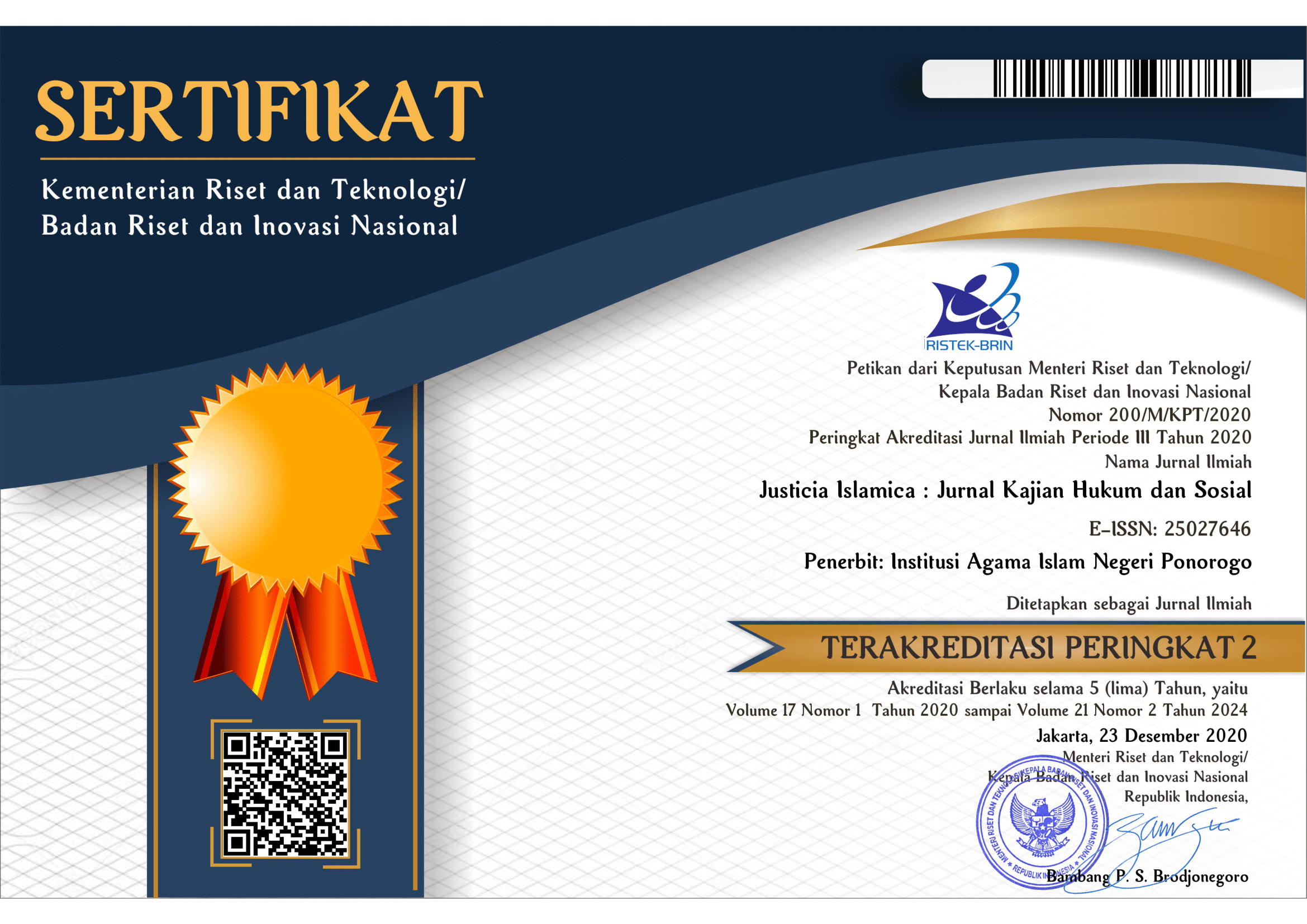Khitan Perempuan Dalam Pandangan Fiqh, Budaya dan Female Genital Mutilation (FGM)
Keywords:
Female circumcision; FGM, women's rights; reproductive health.Abstract
This study aims to examine the practice of female circumcision from three perspectives: Islamic fiqh, local culture, and the international approach known as Female Genital Mutilation (FGM). This study uses a qualitative method with a multidisciplinary approach, through a literature review of classical and contemporary fiqh, cultural anthropology, and international documents. The results showed that in fiqh, female circumcision has different legal statuses depending on the school of thought, ranging from obligatory to sunnah or permissible. On the other hand, cultural practices are often mixed with elements of patriarchal tradition without a strong medical basis. Meanwhile, FGM is globally condemned as it is considered harmful to women's health. This study emphasizes the importance of distinguishing between religious teachings and harmful cultural practices, as well as the need for an educational and contextual approach in responding to this issue.
References
.
Downloads
Published
Issue
Section
License

This work is licensed under a Creative Commons Attribution-ShareAlike 4.0 International License.
Requirements to be met by the author as follows:
- Author storing copyright and grant the journal right of first publication manuscripts simultaneously with licensed under the CC BY-SA allows others to share the work with a statement of the work's authorship and initial publication in this journal.
Authors can enter into the preparation of additional contractual separately for the non-exclusive distribution of a decadent version of the journal issue (e.g., post it to an institutional repository or publish it in a book), with the recognition of initial publication in this journal.
Authors are allowed and encouraged to post their work online (e.g., in institutional repositories or on their website) before and during the submission process because it can lead to productive exchanges and citations earlier and more severe than published works. (see The Effect of Open Access).
This work is licensed under CC BY-SA.


















